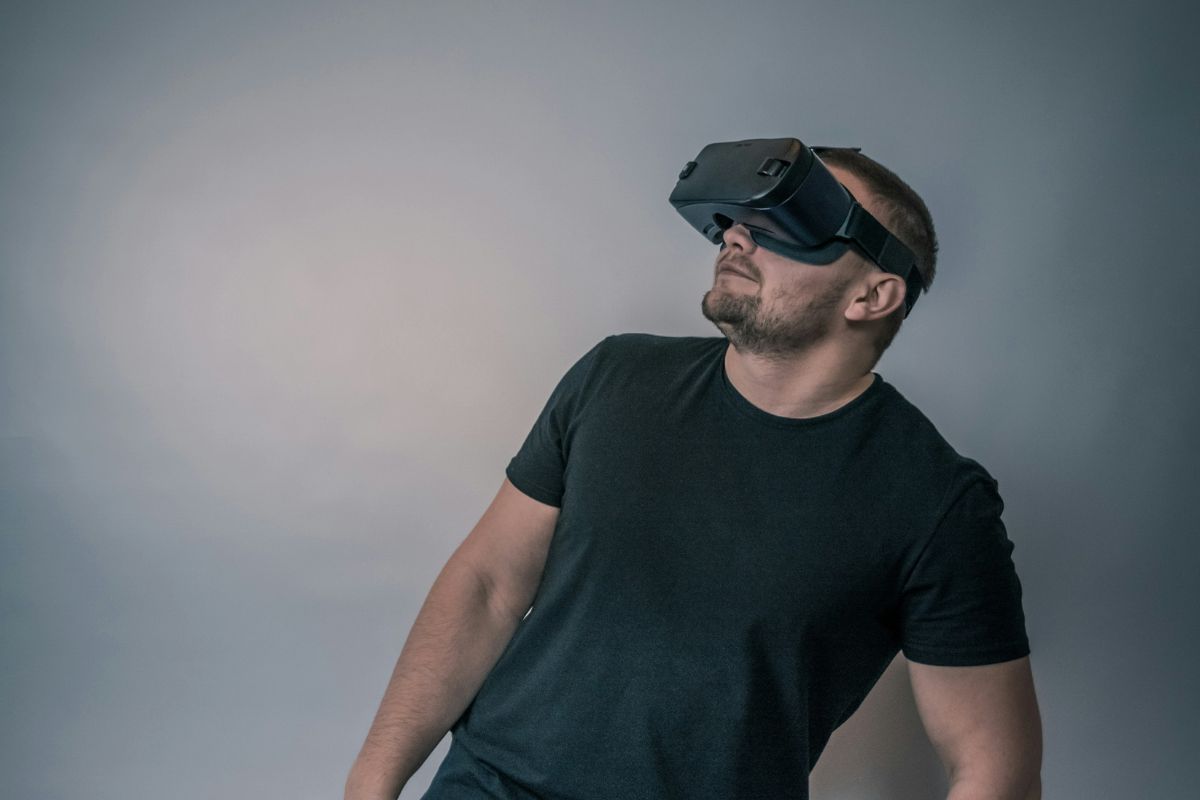Tracing the roots of VR reveals a fascinating journey through pioneering inventions and imaginative predictions, leading to the advanced systems we use today. Let’s embark on this journey through the history of VR, from its early concepts, exploring its development, and examining its current status in the market.

Virtual Reality (VR) has become a buzzword in recent years, with applications spanning gaming, education, healthcare, adult content, and more. The journey of VR from a conceptual idea to a consumer product is a fascinating story of technological innovation and persistent vision.
Early Concepts: 1830s – 1950s
The concept of VR can be traced back to the early 19th century. In 1838, Sir Charles Wheatstone described stereopsis and constructed the stereoscope, a device that combined two photographs to create a sense of depth and immersion. This invention laid the foundation for future VR technology by demonstrating how the brain merges two images to perceive three-dimensional space.
In 1935, American science fiction writer Stanley Weinbaum presented a fictional model for VR in his short story “Pygmalion’s Spectacles.” In the story, the main character wears a pair of goggles that transport him to a fictional world, stimulating all his senses. This story is considered one of the earliest conceptualizations of VR, predicting many future aims and achievements of the technology.
The Beginnings: 1950s – 1960s
The concept of virtual reality dates back to the mid-20th century. One of the earliest and most notable precursors to modern VR was Morton Heilig’s Sensorama in the 1950s. Heilig, a cinematographer, invented a multi-sensory simulator that provided an immersive experience by combining 3D visuals, sound, vibration, and even smell. Although it never gained commercial success, the Sensorama laid the groundwork for future VR innovations.
In 1960, Heilig also patented the Telesphere Mask, the first head-mounted display (HMD) providing stereoscopic 3D images and stereo sound. This was followed by the development of the Headsight in 1961 by Philco Corporation engineers, which introduced motion tracking, albeit for military use rather than entertainment.
In 1968, computer scientist Ivan Sutherland and his student Bob Sproull created the first head-mounted display (HMD) system, known as the “Sword of Damocles”. This device, though rudimentary and cumbersome, marked a significant leap towards immersive virtual experiences.
The Development Phase: 1970s – 1990s
The 1970s and 1980s saw VR technology being further refined, primarily within academic and military research. During this period, MIT’s Architecture Machine Group and NASA’s Ames Research Center made significant advancements in interactive computer graphics and simulation systems.
The 1980s brought about the term “virtual reality”, coined by Jaron Lanier, the founder of VPL Research. VPL developed several VR devices, including the DataGlove and the EyePhone HMD. Although these devices were groundbreaking, their high costs and technical limitations prevented them from reaching mainstream consumers.
The 1990s witnessed a surge in public interest in VR, spurred by the popularity of science fiction and the increasing power of personal computers. Companies like Sega and Nintendo experimented with VR gaming systems, but these early consumer products, such as the Sega VR and the Virtual Boy, failed due to technical issues and lackluster user experiences.
The Modern Era: 2000s – Present
The early 2000s saw VR largely dormant in the consumer market, but significant advancements in related technologies, such as graphics processing units (GPUs) and motion sensors, set the stage for a VR resurgence.
The turning point came in 2012 with the introduction of the Oculus Rift prototype by Palmer Luckey. The Rift’s successful Kickstarter campaign reignited interest in VR, leading to Oculus VR’s acquisition by Facebook in 2014 for $2 billion. This event marked the beginning of a new era for VR, characterized by significant investment and rapid technological development.
Since then, several major tech companies have entered the VR space. HTC and Valve released the HTC Vive in 2016, featuring room-scale tracking and handheld controllers. Sony launched the PlayStation VR the same year, bringing VR to console gamers. In 2019, Oculus released the Oculus Quest, a standalone VR headset that offered wireless freedom and accessibility.
Current Market and Future Prospects
Today, the VR market is thriving, with applications extending beyond gaming into fields like education, training, healthcare, and porn experiences. VR in education is revolutionizing learning experiences, offering immersive simulations for subjects ranging from history to science. In healthcare, VR is used for surgical training, therapy for mental health conditions, and even pain management. The corporate sector is leveraging VR for remote collaboration, virtual meetings, and employee training programs. In the adult content realm, virtual reality is creating more immersive scenes and allowing users to feel more intense experiences that even feel more real thanks to the advancements in interactive toys that react to videos.
According to market research firm Statista, the global VR market size is expected to reach $62.1 billion by 2027, up from $6.2 billion in 2020. This growth is driven by continuous improvements in VR technology, such as higher resolution displays, more accurate tracking systems, and more immersive content.
Conclusion
From its conceptual beginnings in the 1950s to the sophisticated systems available today, VR has come a long way. The journey has been marked by periods of intense innovation and occasional setbacks. Today, VR stands as a testament to human ingenuity and the relentless pursuit of immersive experiences. As technology continues to advance, the possibilities for VR are boundless, promising even more exciting developments in the years to come.